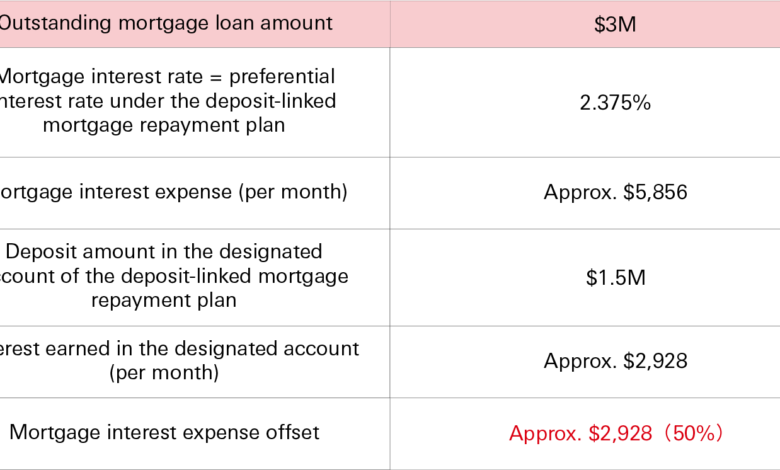HSBC Mortgage Rates: A Comprehensive Guide for UK Homebuyers

HSBC Mortgage Rates When it comes to securing a mortgage in the UK, HSBC is one of the most trusted names in the banking industry. Known for its competitive rates and flexible mortgage products, HSBC offers a variety of options tailored to first-time buyers, home movers, and existing customers looking to remortgage.
HSBC mortgage rates are designed to cater to different financial situations, whether you prefer the stability of a fixed-rate mortgage or the flexibility of a variable-rate deal. The bank frequently adjusts its rates based on market conditions, making it essential for borrowers to stay updated on the latest offers. In this guide, we’ll break down everything you need to know about HSBC mortgage rates, including how they compare to other lenders and how you can secure the best deal.
Understanding HSBC Mortgage Rates in the UK
HSBC provides a range of mortgage products, each with its own interest rate structure. The two main categories are fixed-rate mortgages and variable-rate mortgages, which include tracker and standard variable rate (SVR) options.
Fixed-Rate Mortgages
A fixed-rate mortgage from HSBC locks your interest rate for a set period, typically between two to ten years. This means your monthly repayments remain the same, providing financial predictability. Fixed rates are ideal for borrowers who want to avoid fluctuations in interest rates, especially in uncertain economic climates.
HSBC often offers competitive fixed-rate deals, particularly for those with larger deposits or equity. However, once the fixed term ends, borrowers are automatically moved to the bank’s SVR, which is usually higher. Therefore, it’s crucial to remortgage before this period ends to avoid higher payments.
Variable-Rate Mortgages
Variable-rate mortgages include tracker and discount mortgages. A tracker mortgage follows the Bank of England’s base rate plus a set percentage, meaning your payments can go up or down. A discount mortgage offers a reduction on HSBC’s SVR for a certain period.
While variable rates can be cheaper initially, they come with the risk of rising payments if interest rates increase. Borrowers who are comfortable with some level of risk may find these options appealing, especially if they believe rates will remain stable or decrease.
HSBC Mortgage Rates Adjustment: What You Need to Know

HSBC, like other lenders, periodically adjusts its mortgage rates in response to changes in the Bank of England’s base rate and broader economic conditions. These adjustments can impact both new and existing customers.
How Rate Adjustments Affect Borrowers
- New Customers: If you’re applying for a new mortgage, rate adjustments can mean better or worse deals depending on market trends.
- Existing Customers: Those on variable-rate mortgages (tracker or SVR) will see immediate changes in their monthly payments. Fixed-rate customers remain unaffected until their term ends.
HSBC typically announces rate changes in advance, giving borrowers time to reassess their options. If you’re on a variable rate, it’s wise to monitor these updates and consider switching to a fixed deal if rates are expected to rise.
Historical Trends in HSBC Mortgage Rates
Over the past decade, HSBC mortgage rates have fluctuated in line with economic shifts. For example:
- Post-2008 Financial Crisis: Rates were historically low.
- Post-Brexit & COVID-19: Uncertainty led to competitive fixed-rate deals.
- 2023-2024: Rising inflation pushed rates higher, making fixed-rate mortgages more popular.
Staying informed about these trends can help you decide whether to lock in a rate now or wait for potential drops.
HSBC Mortgage Rates for Existing Customers
Existing HSBC mortgage customers may wonder if they’re getting the best deal. The bank offers exclusive remortgage rates and loyalty discounts, but it’s always worth comparing the market.
Remortgaging with HSBC
If your current fixed or discounted rate is ending, HSBC may offer you a product transfer—a new deal without a full affordability check. These rates are often competitive but may not always be the best available.
Exclusive Offers for Loyal Customers
HSBC sometimes provides:
- Lower fees for existing customers.
- Preferential rates for those with a strong repayment history.
- Flexibility in term adjustments.
However, shopping around with other lenders or using a mortgage broker can sometimes secure a better deal.
How to Get the Best HSBC Mortgage Rates

Securing the lowest possible mortgage rate depends on several factors:
Improving Your Credit Score
A higher credit score increases your chances of approval and better rates. Pay bills on time, reduce debts, and correct errors on your credit report.
Saving a Larger Deposit
The more you put down, the lower your loan-to-value (LTV) ratio, which often leads to better rates. HSBC’s best rates are usually for those with at least a 40% deposit.
Using a Mortgage Broker
Brokers have access to exclusive deals and can negotiate better terms on your behalf.
Timing Your Application
Mortgage rates fluctuate, so applying when rates are low can save thousands over the term.
FAQs on HSBC Mortgage Rates
1. What are the current HSBC mortgage rates?
HSBC’s rates vary based on loan type, term, and LTV. Check their website or speak to an advisor for the latest deals.
2. Can existing customers get better HSBC mortgage rates?
Yes, HSBC offers exclusive remortgage deals, but comparing other lenders is still recommended.
3. How often do HSBC mortgage rates change?
Rates adjust based on market conditions, sometimes multiple times a year.
4. Are HSBC’s fixed-rate mortgages portable?
Yes, you can transfer your mortgage if you move home, subject to approval.
5. What happens when my HSBC fixed-rate ends?
You’ll switch to the SVR, which is usually higher. Remortgaging beforehand can secure a better deal.
Conclusion
HSBC mortgage rates remain competitive in the UK market, offering stability with fixed rates and flexibility with variable options. Whether you’re a first-time buyer, moving home, or remortgaging, understanding how these rates work can save you money. Always compare deals, monitor rate adjustments, and consider professional advice to secure the best mortgage for your needs.





